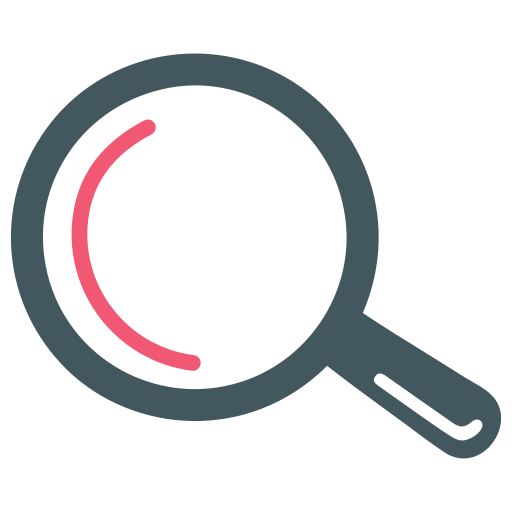
 Customer Acquisition Cost (CAC) is a fundamental metric used in customer success management and marketing to quantify the total average cost spent on acquiring a new customer. This includes all marketing and sales expenses over a specific period divided by the number of customers acquired in that same period.
Customer Acquisition Cost (CAC) is a fundamental metric used in customer success management and marketing to quantify the total average cost spent on acquiring a new customer. This includes all marketing and sales expenses over a specific period divided by the number of customers acquired in that same period.
CAC is crucial for understanding how much value customers bring to your business compared to the cost of acquiring them.
It helps businesses evaluate the efficiency of their marketing strategies and is often used in conjunction with Lifetime Value (LTV) to determine the long-term value of customer relationships.

 Example 1: E-commerce Business
Example 1: E-commerce Business
An e-commerce company spent $100,000 on marketing and sales over a quarter and acquired 500 new customers. The CAC would be calculated as follows:
CAC = Total Marketing and Sales Costs / Number of New Customers
CAC = $100,000 / 500 = $200 per customer
Example 2: SaaS Startup
A Software as a Service (SaaS) startup spends $50,000 on a targeted ad campaign and an additional $25,000 on its sales team, resulting in 200 new subscriptions. The CAC is:
CAC = ($50,000 + $25,000) / 200 = $375 per subscription
 To effectively manage and optimize CAC, consider the following best practices:
To effectively manage and optimize CAC, consider the following best practices:
 For further reading and more detailed information on CAC, refer to the following resources:
For further reading and more detailed information on CAC, refer to the following resources:
By understanding and effectively managing CAC, businesses can significantly enhance their marketing efficiency and profitability.
Customer Acquisition Cost (CAC) is a metric used to determine the total average cost your business incurs to acquire a new customer. This includes all marketing and sales expenses over a specific period divided by the number of customers acquired in that period.
CAC is crucial in customer success management because it helps businesses understand the cost effectiveness of their acquisition strategies. Lowering the CAC while maintaining or improving customer quality can significantly enhance business profitability and sustainability.
To calculate Customer Acquisition Cost, sum up all the costs spent on acquiring more customers (marketing expenses, advertising costs, salaries of sales and marketing teams, etc.) over a specific period, and then divide that by the number of customers acquired during that period. The formula is: CAC = Total Acquisition Costs / Total New Customers Acquired.
A 'good' CAC varies widely by industry, business model, and market. However, a lower CAC is generally preferable as it indicates that the company is acquiring customers more efficiently. Comparing CAC to customer lifetime value (LTV) is also essential; ideally, LTV should be significantly higher than CAC to ensure a healthy return on investment.
Businesses can reduce their Customer Acquisition Cost by optimizing marketing strategies, improving the conversion rates through the sales funnel, utilizing more cost-effective channels, or enhancing the targeting of advertisements. Additionally, focusing on customer retention and increasing customer lifetime value can indirectly reduce the need to spend heavily on new customer acquisition.
Discover why customer loyalty is your business's backbone. Learn how satisfaction, trust, and consistent quality forge lasting bonds and drive growth. Dive into strategies that boost retention and profit.
As a Customer Success Manager, the Net Promoter Score® is the most important key figure for long-term customer loyalty to the company. For growth hackers, the NPS can be an even more valuable metric to drive the short- and long-term growth of your company. You should focus on long-term growth. Since NPS® measures your customers' satisfaction and loyalty to your product, this is the main difference between a steadily and steeply increasing growth graph and a temporary growth followed by a gradua
For example, Callexa Feedback can be configured to send a survey after an arbitrary number of days to the customers after an order has been completed or after a cancellation or after receiving an invoice. The customer can evaluate within this email. After the evaluation has been done, a website with a follow-up question or additional tags which can be evaluated, will popup.
Customer Satisfaction Scores have been used for decades to measure customer happiness with products, services, or specific interactions. Understanding both NPS and Customer Satisfaction Scores is crucial for businesses as these metrics provide insights into different aspects of customer experience.
The Net Promoter Score (NPS) has become a pivotal metric for businesses aiming to gauge customer loyalty and satisfaction. Social Media on the other hand plays a significant role in shaping consumer behavior. Understanding the interplay between NPS and social media is crucial. This article delves into how NPS can be effectively integrated with social media strategies to enhance business outcomes.
One of the most effective tools for gauging customer satisfaction and loyalty is the Net Promoter Score (NPS). This article delves into the role of NPS in customer acquisition, exploring its origins, methodology, and impact across various industries.
Discover 2025's top NPS trends! From AI insights to gamified feedback, learn how to enhance customer acquisition through innovative strategies. Stay ahead in customer experience excellence!